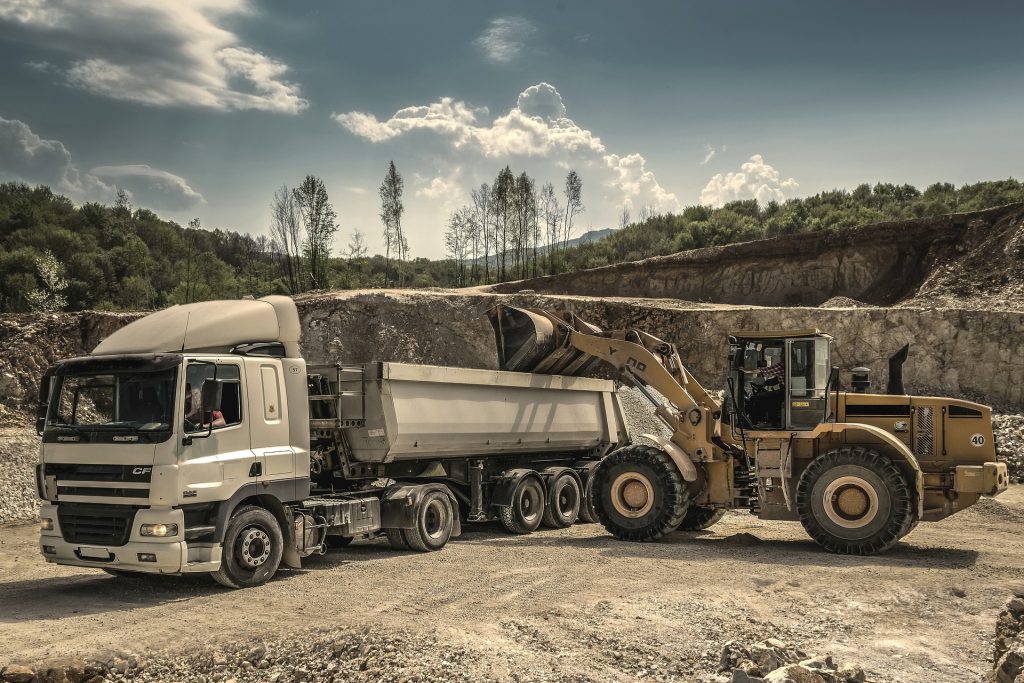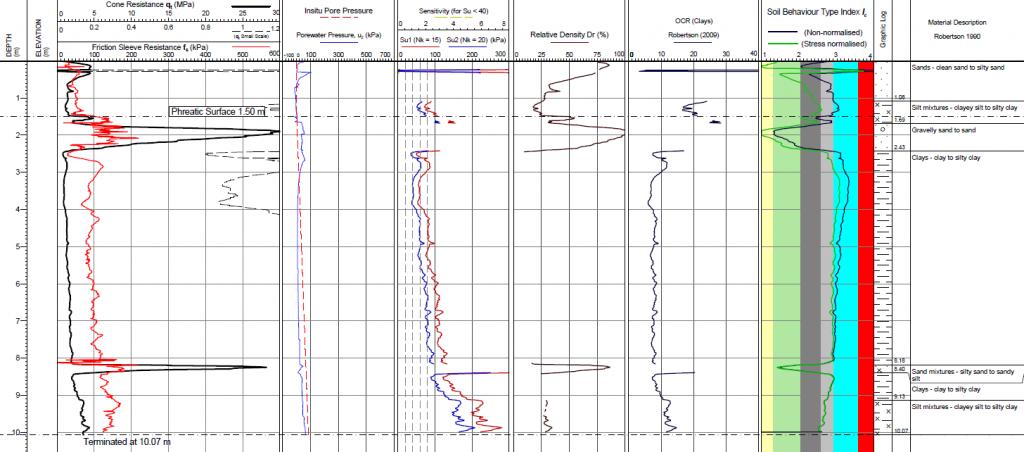CBR Testing and Soil Testing: What Does It Entail?

When it comes to construction, having a firm understanding of the soil and rock beneath your feet is essential. CBR testing and soil testing helps companies do just that. By taking into account the various factors that affect the stability of a construction site, they can make informed decisions about what kind of foundation to put down and how best to proceed with their project. In this blog post, we will explore what CBR testing and soil testing entail, as well as why they are so important for businesses in the construction industry. For more information, be sure to contact Ibex Consultants.
CBR testing is a process that measures the soil’s ability to resist deformation. It does this by applying pressure to a cylindrical sample of soil and then measuring how much the soil compresses. This test helps construction companies determine what kind of foundation they need for their project. Soil testing, on the other hand, is used to determine the soil’s composition, as well as its water and nutrient content. This information is essential for businesses that want to build in an area with known soil issues, or that need to know how best to take care of their construction site.
What IS CBR/Soil Testing?
CBR testing, or California Bearing Ratio testing, is a process used to determine the bearing capacity of the soil. This is done by applying a load to the soil and measuring how much it deflects. The CBR test results can then be used to calculate the maximum soil pressure that can be safely applied without causing settlement. Soil testing helps to determine soil types, soil strengths, and soil weaknesses. This information is essential for businesses in the construction industry as it allows them to make informed decisions about the type of foundation they should put down, what kind of materials to use, and how much weight their structure can safely support.
Why is it so important?
Soil testing and CBR testing are important because they help construction companies make informed decisions about how best to proceed with their project. It also helps them understand soil types, soil strengths, soil weaknesses, and soil pressures that could affect the stability of a structure over time (e.g., from earthquakes or high winds). By taking into account the various factors that affect the stability of a construction site, they can make informed decisions about what kind of foundation to put down and how best to proceed with their project. In this blog post, we will explore what CBR testing and soil testing entail, as well as why they are so important for businesses in the construction industry.
Why are CBR/Soil tests used?
The CBR test is used when building roads or railways because it determines if there will be enough soil pressure to support the weight of those structures without causing settlement. The soil test gives engineers an idea about how much material they need and what type of soil will work best for their project (e.g., sand or clay). It also helps them understand soil strengths, weaknesses, and pressures that could affect stability over time (e.g., from earthquakes or high winds).
What does a CBR/Soil test entail?
A soil test can be done by taking samples from different depths in an area where the soil has been disturbed. The soil sample is then analysed for its density, moisture content (MC), and other characteristics like grain size distribution or liquid limit. The soil’s strength can also be determined if you know how much force it takes to break apart one unit of soil volume (e.g., soil strength = force per unit mass). The soil’s shear strength can be determined by testing a soil sample with different loads applied at various angles until failure occurs; this information will allow engineers to make informed decisions about foundation design, material selection, and construction methods based on the site conditions they encounter.
The CBR test is a process used to determine the bearing capacity of the soil. This is done by applying a load to the soil and measuring how much it deflects. The CBR test results can then be used to calculate the maximum soil pressure that can be safely applied without causing settlement. The California Bearing Ratio (CBR) test is a soil test that can be used to determine soil strength when building roads or railways. It determines if there will be enough soil pressure to support the weight of those structures without causing settlement, and it gives engineers an idea about what type of soil will work best for their project (e.g., sand or clay).
What equipment is used in a CBR/Soil Test?
To perform a soil test, you will need a soil sampler, soil container (e.g., petri dish), moisture meter, scale, and sieves. For the CBR Test, you will also need an apparatus to apply the load (usually a hydraulic jack) and measure how much it deflects.
If you are interested in learning more about soil testing and CBR testing, please check out the following resources:
- ASTM D2435 Standard Test Method for Laboratory Determination of Soil Reaction (pH)
- AASHTO T99 Standard Test Method for Bearing Capacity of Soils Using the California Bearing Ratio (CBR)
- ACI 216
Conclusion:
Both CBR testing and soil testing are important tools for businesses in the construction industry. By taking into account the soil and rock beneath their feet, they can make decisions that will ensure the stability of their construction site. If you’re interested in learning more about CBR testing and soil testing, or if you need help with a construction project, please don’t hesitate to contact Ibex Consultants today. We would be happy to help.
